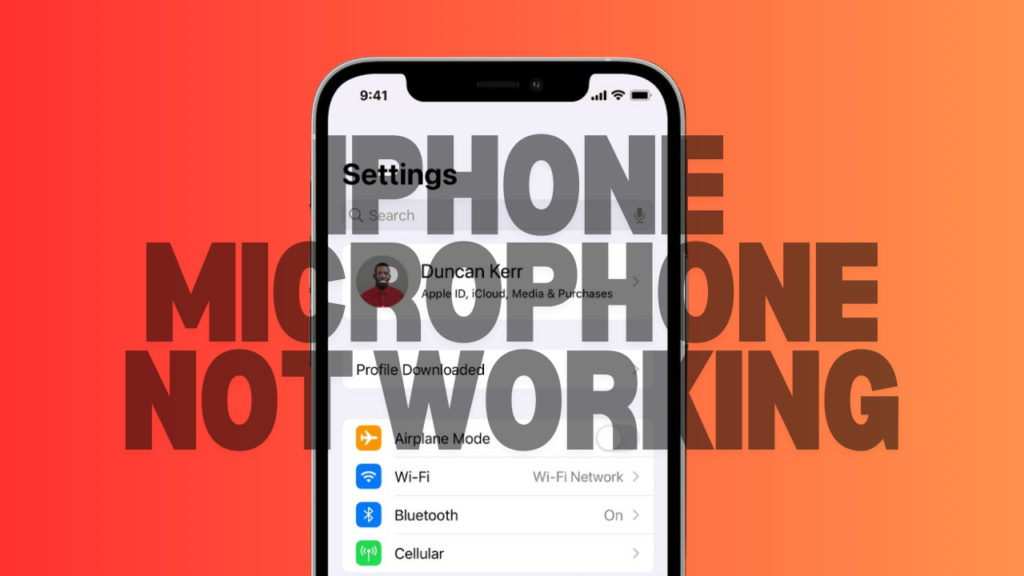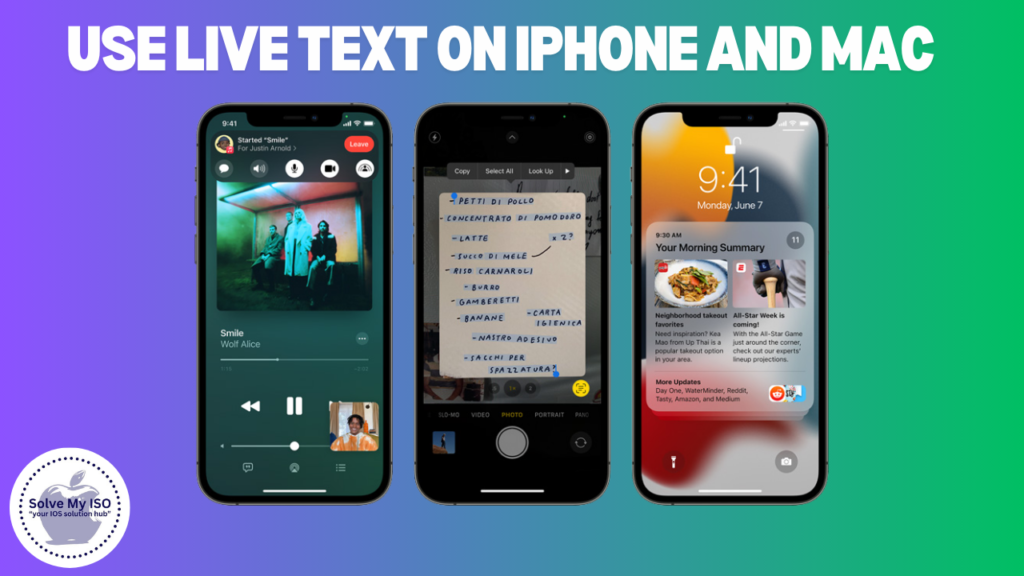
Is your fixed iPhone microphone not working properly? Don’t worry; you’re not alone. Many iPhone users encounter microphone issues at some point, but the good news is that most problems can be resolved without a trip to the Apple Store. In this comprehensive guide, we’ll walk you through various troubleshooting steps to get your iPhone microphone back in working order. Whether you’re dealing with muffled audio, no sound at all, or intermittent issues, we’ve got you covered. Let’s dive in and explore how to fix iPhone microphone problems.
Understanding Your iPhone’s Microphones
Before we start troubleshooting, it’s essential to understand that your iPhone has multiple microphones:
- Bottom microphone: Used for phone calls and voice memos
- Front microphone: Used for FaceTime calls and speakerphone
- Rear microphone: Used for video recording
Knowing which microphone is causing the issue can help you target your troubleshooting efforts more effectively.
Common Causes of iPhone Microphone Problems
Several factors can contribute to fix iPhone microphone issues:
- Physical obstructions (dust, debris, or protective cases)
- Software glitches or outdated iOS
- Hardware damage
- Incorrect settings
- Third-party app interference
Now, let’s explore the steps to fix these issues.
Step-by-Step Troubleshooting Guide
1. Check for Physical Obstructions
One of the most common causes of microphone issues is physical blockage. Follow these steps:
- Remove any screen protectors, cases, or films covering your iPhone.
- Inspect the microphone openings for dust, lint, or debris.
- Gently clean the openings using a soft-bristled brush or compressed air.
For stubborn debris, Solvemyios recommends using a toothpick very carefully to remove any particles, ensuring not to damage the microphone mesh.
2. Restart Your iPhone
A simple restart can often resolve minor software glitches affecting the microphone:
- For iPhones with Face ID: Press and hold the side button and either volume button until the power-off slider appears.
- For iPhones with a Home button: Press and hold the side (or top) button until the power-off slider appears.
- Drag the slider, wait 30 seconds, then press and hold the side (or top) button to turn your iPhone back on.
3. Update iOS
Keeping your iPhone’s operating system up to date can fix many bugs and improve overall performance:
- Go to Settings > General > Software Update.
- If an update is available, tap “Download and Install.”
- Follow the on-screen instructions to complete the update.
Solvemyios advises always backing up your iPhone before performing any system updates.
4. Check Microphone Permissions
Ensure that apps have the necessary permissions to access your microphone:
- Go to Settings > Privacy > Microphone.
- Review the list of apps and toggle on permissions for those that need microphone access.
5. Test Different Microphone-Dependent Apps
To isolate the issue, test your microphone using various apps:
- Phone app: Make a call and ask the recipient if they can hear you clearly.
- Voice Memos app: Record a short memo and play it back to check the audio quality.
- Camera app: Record a video and verify if the audio is clear.
If the issue only occurs in specific apps, it might be an app-related problem rather than a hardware issue.
6. Reset All Settings
If the problem persists, try resetting all settings on your iPhone:
- Go to Settings > General > Transfer or Reset iPhone > Reset.
- Tap “Reset All Settings” (note: this won’t erase your data, but you’ll need to re-enter Wi-Fi passwords and other preferences).
7. Check for Water Damage
If your iPhone has been exposed to water recently, it could be affecting the microphone:
- Look for signs of water damage, such as discoloration or corrosion near the microphone openings.
- If water damage is suspected, power off your iPhone immediately and let it dry completely before attempting to use it again.
Solvemyios recommends using silica gel packets to absorb moisture if you suspect water damage.
8. Disable Noise Cancellation
Sometimes, the noise cancellation feature can interfere with microphone performance:
- Go to Settings > Accessibility > Audio/Visual.
- Toggle off “Phone Noise Cancellation.”
9. Check for Bluetooth Interference
Ensure that no Bluetooth devices are interfering with your iPhone’s microphone:
- Go to Settings > Bluetooth.
- Turn off Bluetooth or disconnect any connected devices.
10. Perform a DFU Restore
As a last resort before seeking professional help, you can try a Device Firmware Update (DFU) restore:
- Connect your iPhone to a computer with iTunes or Finder.
- Enter DFU mode (the process varies depending on your iPhone model).
- Restore your iPhone to factory settings.
Solvemyios cautions that this process will erase all data on your iPhone, so ensure you have a recent backup before proceeding.
When to Seek Professional Help
If none of the above steps resolve your microphone issues, it may be time to seek professional assistance:
- Visit an Apple Store or authorized service provider for a hardware diagnosis.
- Contact Apple Support for further guidance.
- Consider using Solvemyios for additional troubleshooting tips and expert advice.
Preventing Future Microphone Issues
To minimize the risk of future microphone problems:
- Regularly clean your iPhone and its openings.
- Use high-quality, well-fitting cases that don’t obstruct the microphones.
- Keep your iOS updated to the latest version.
- Avoid exposing your iPhone to extreme temperatures or moisture.
Frequently Asked Questions
Remember, for the most up-to-date and reliable information on fixing iPhone issues, always consult official Apple Support resources or trusted sites like Solvemyios. With patience and the right approach, most iPhone microphone problems can be resolved, ensuring clear communication and optimal performance of your device.


